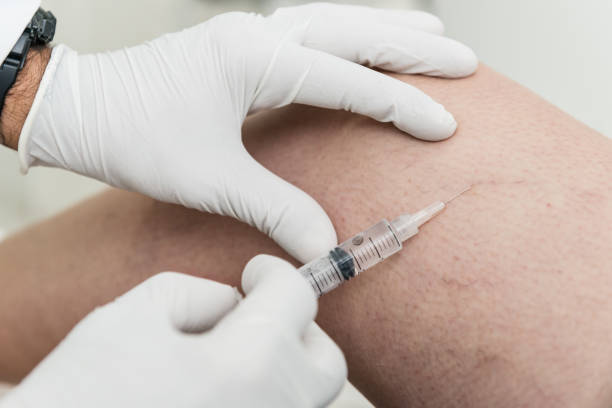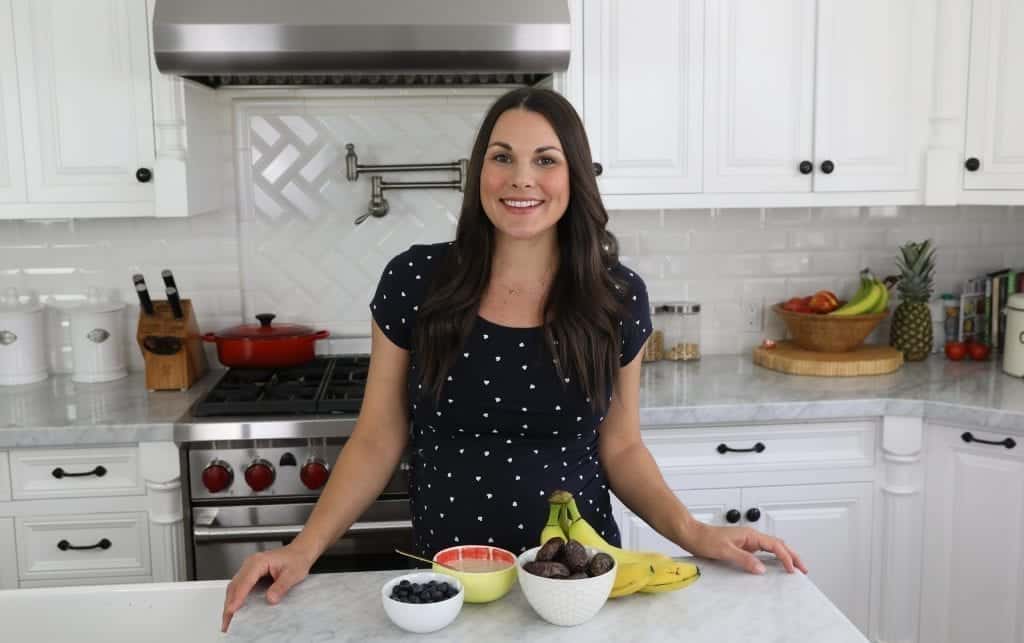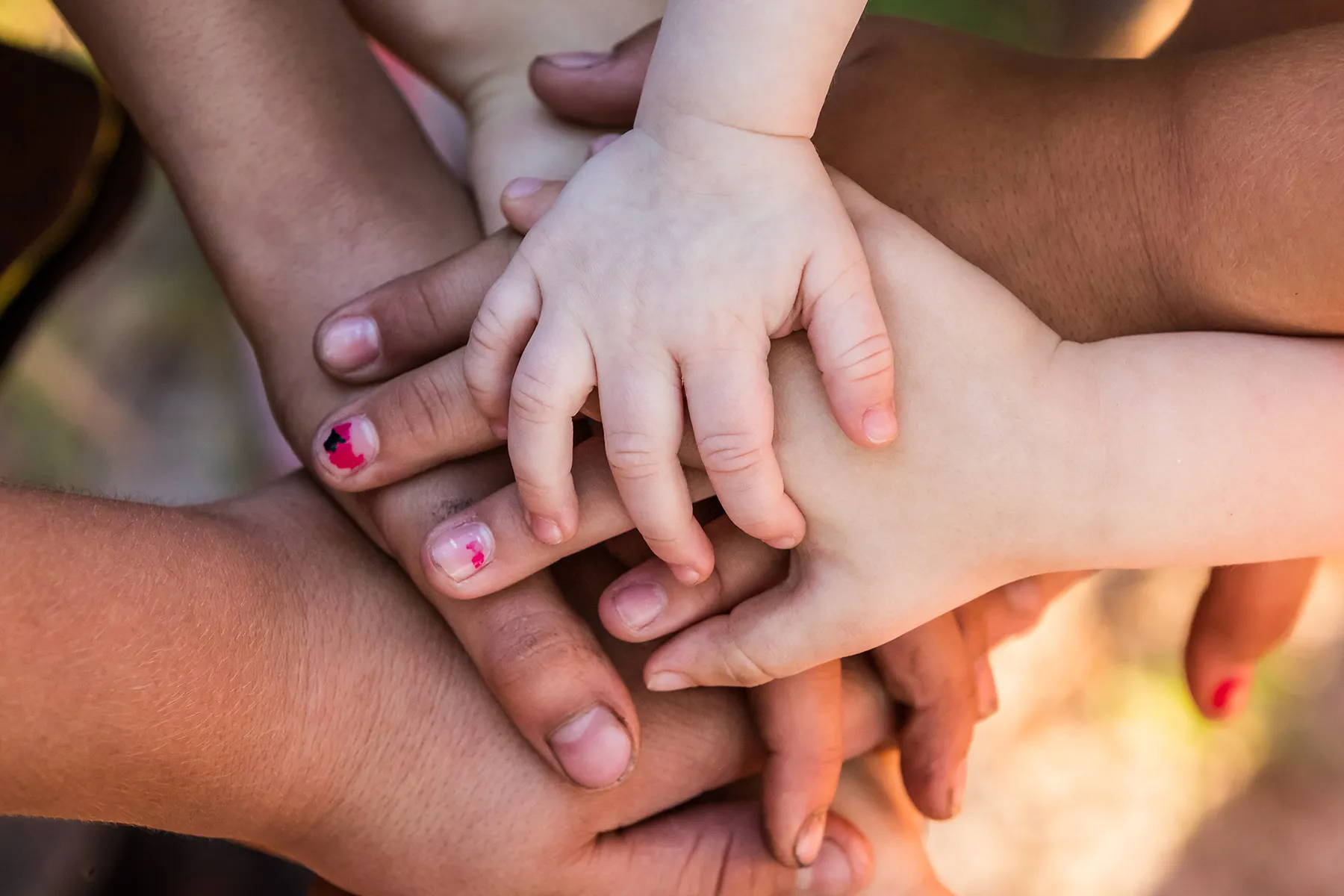Varicose veins grow due to no proper blood flow. These are bulging veins located on your thigh or lower leg. The valves in your veins normally maintain the one-way flow of blood from the legs up to the heart. If these valves are damaged, the blood can flow backward, causing the veins to dilate and become varicose. A varicose vein treatment needs to be administered if it worsens.
Varicose veins can also be caused by pregnancy, menopause, obesity, standing or sitting for long periods, or a family history of varicose veins. The symptoms of varicose veins are often worse after standing or sitting for long periods. You may also have pain, cramping, swelling, fatigue, and heaviness in your legs.
If left untreated, varicose veins can lead to more serious problems such as blood clots, skin ulcers, and inflammation. Treatment options include lifestyle changes, such as exercising, losing weight, and wearing compression stockings. In some cases, surgery may be necessary to remove the veins. Some of these methods prevent you from getting a varicose vein treatment further.
Clinical Lead and Senior Consultant Vascular Surgeon and Endovascular Surgery at Gleneagles Global Health City in Chennai, Dr Balakumar, states that there is a lot of misinformation on varicose vein treatment.
“There are many non-invasive treatments like sclerotherapy, endovenous laser ablation therapy and radiofrequency ablation therapy that can be done to treat varicose veins,” he says.
Dr Balakumar explains that varicose veins develop into a primary condition or a secondary complication. “The primary condition is usually genetic, and the person may have a family history of varicose veins. After that, the other type is acquired, which could be due to obesity or various lifestyle factors,” he says.
Obesity is one of the main causes of varicose veins. When you are overweight, the added pressure on your veins can cause them to become enlarged and twisted. You might need a varicose vein treatment when you are obese.
Continuous exercise can help prevent varicose veins from getting worse. However, it is important to avoid standing or sitting for long periods. If you have to stand for long periods, try moving around frequently and taking breaks.
Compression stockings are tight-fitting socks or hosiery that help increase blood flow in your legs. They apply gentle pressure on your legs and help improve the symptoms of varicose veins. Using compression stockings frees you from going to a clinic for varicose vein treatment.
Wearing compression stockings may be uncomfortable at first, but you should get used to them over time. Make sure to consult with your doctor before wearing them.
Sclerotherapy is a procedure in which a chemical solution is injected into the vein to shrink it. This procedure is usually done in a doctor’s office and does not. If you are suffering from varicose veins, it is important to see a doctor so that they can recommend the best varicose vein treatment option for you.
With early diagnosis and treatment, you can prevent the condition from getting worse and avoid complications. So if you have varicose veins, don’t ignore them. Instead, get them checked by a doctor and treated at the earliest.












